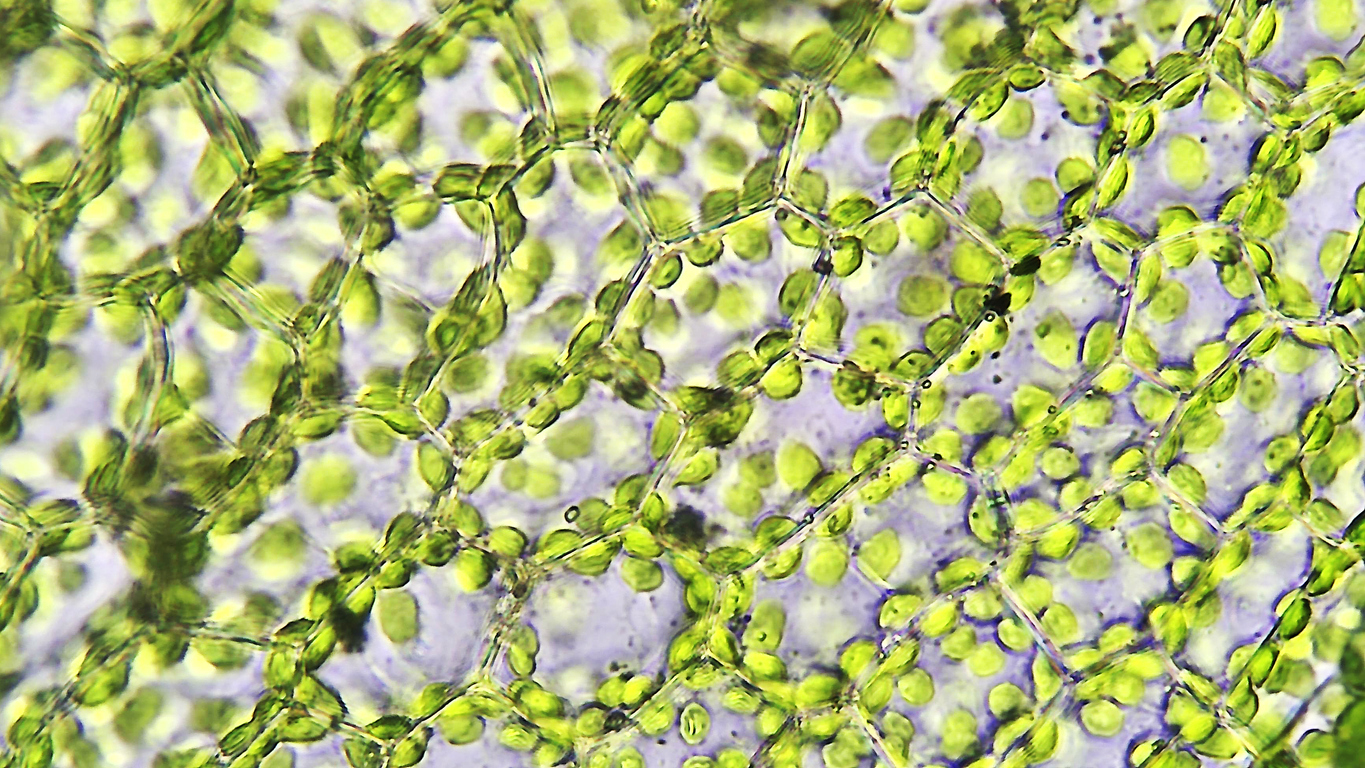
CRISPR Reveals Role of OsPPR9 in Rice Chloroplast Development
August 17, 2022| |
Researchers from China National Rice Research Institute conducted a study to assess the role of OsPPR9 in chloroplast RNA editing in rice. Their findings are published in the Journal of Integrative Agriculture.
Photosynthesis happens particularly in chloroplasts, which are developed through the regulation of proteins encoded by nuclear genes. Among these proteins, the pentapeptide repeat (PPR) proteins are involved in organelle RNA editing. In rice, there are over 450 PPR proteins, but only a few have been shown to affect RNA editing in rice chloroplasts. The researchers explored the functions of OsPPR9 in chloroplast RNA editing.
Using CRISPR-Cas9, Osppr9 mutants were developed, which exhibited yellowing leaves and a lethal phenotype. There was suppressed expression of genes linked with chloroplast development and build-up of proteins related to photosynthesis. Furthermore, the loss of OsPPR9 function led to reduced editing efficiency of several RNA editing sites, which affected chloroplast growth and development in rice.
Read the research article in the Journal of Integrative Agriculture.
| |
You might also like:
- Pocket K No. 54: Plant Breeding Innovation: CRISPR-Cas9
- ES7 Functions in Nitrogen Metabolism and Chlorophyll Synthesis in Rice
- New Type of Photosynthesis Discovered
Biotech Updates is a weekly newsletter of ISAAA, a not-for-profit organization. It is distributed for free to over 22,000 subscribers worldwide to inform them about the key developments in biosciences, especially in biotechnology. Your support will help us in our mission to feed the world with knowledge. You can help by donating as little as $10.
-
See more articles:
-
News from Around the World
- FAO Reports Decline in Global Food Commodity Prices for July
- Network of Plant Scientists to Help Improve Biotech Research Capacity Globally
- Synthetic Genes Found to Modify Root Structures and Increase Plant Resiliency
- Research Reveals Circadian Clock's Guiding Role in Plant Cell Differentiation
- Australian Scientists Identify Natural Plant Mechanism for Water Loss
- Workshop to Explore Policy Considerations for Gene Editing in Asia and Australia
- Vietnamese Government Push for Agbiotechnology to Help Mitigate Climate Change Effects
- EFSA: Five-event GM Stack Maize and Subcombinations as Safe as Non-GM Maize
-
Research Highlights
- Tricoderma Gene Confers Sheath Blight Resistance to Rice
- Study Finds Long Noncoding RNA that Enhances Plant's Tolerance to Cold
- Pac1 Gene Integrated Into Sugarcane to Promote Resistance Against SCSMV
-
Plant
- CRISPR Reveals Role of OsPPR9 in Rice Chloroplast Development
-
Read the latest: - Biotech Updates (December 17, 2025)
- Gene Editing Supplement (December 17, 2025)
- Gene Drive Supplement (February 22, 2023)
-
Subscribe to BU: - Share
- Tweet

